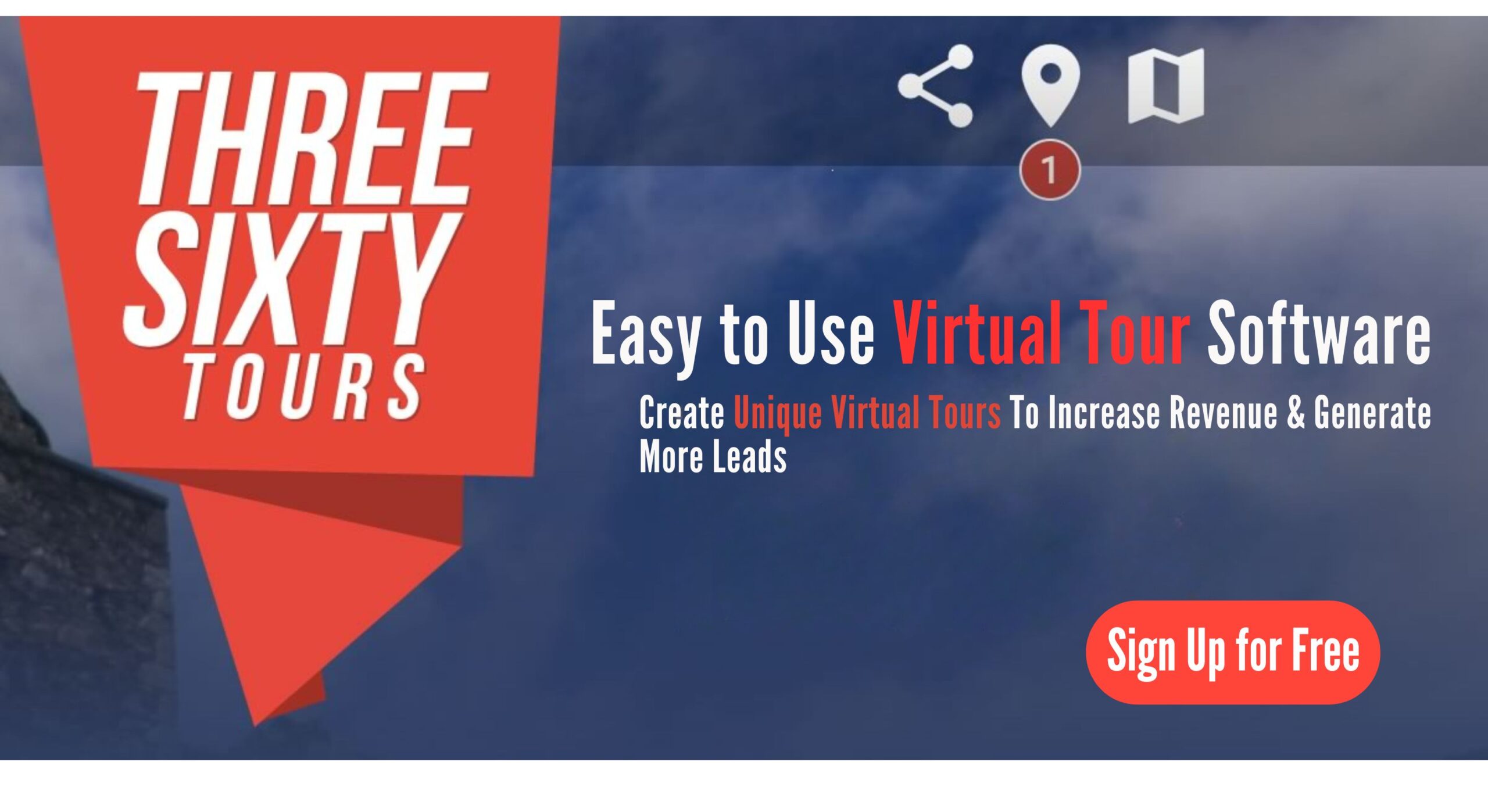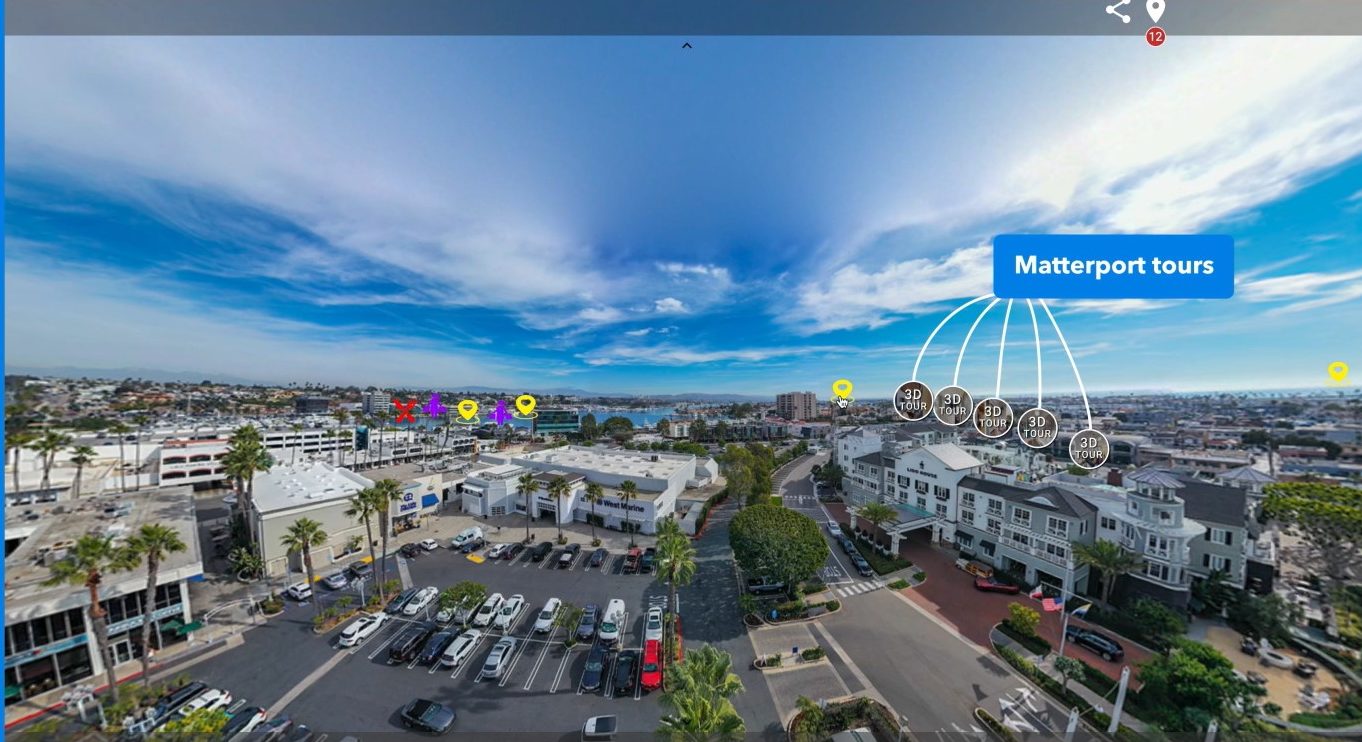360 position photo
360 Position Photo: Capturing the World from Every Angle
Excerpt:
In today’s fast-paced digital world, visual content is king. For photographers, real estate pros, and marketers, staying ahead means using tools that grab attention and tell better stories. One of the most powerful tools out there? The 360 position photo. This immersive form of photography is changing the way we showcase spaces, events, and experiences. Whether you’re a seasoned creative or just getting started, understanding 360 photography can seriously boost your visual strategy. In this guide, we’ll break down what 360 position photos are, how they work, and how platforms like www.threesixty.tours make it easier than ever to create stunning virtual experiences.
I. Introduction
A. What is a 360 Position Photo?
A 360 position photo—also called a spherical or 360-degree photo—is a panoramic image that captures everything around the camera. Think of it as a photo that lets you look up, down, and all around, as if you were standing right there.
These photos are best viewed on interactive platforms or through virtual reality (VR) headsets. The “position” part refers to the fixed spot where the camera was placed. From that point, the entire surrounding scene is captured in one immersive image.
B. Why 360 Photos Matter Today
Let’s face it—static images don’t cut it anymore. People want to feel connected. Whether it’s touring a home, exploring a museum, or checking out a venue, audiences crave immersive experiences.
That’s where 360 photos shine. They offer a level of realism that traditional photography can’t match. Especially in a world where virtual engagement is more important than ever, 360 photos help businesses stand out.
Platforms like www.threesixty.tours make it simple to create and share these interactive experiences. You don’t need to be a tech wizard—just a little creativity goes a long way.
C. What You’ll Learn in This Guide
We’ll cover everything you need to know about 360 position photography:
- What makes 360 photography different from traditional photography
- How industries like real estate, tourism, and events are using it
- Step-by-step tips for capturing and editing 360 photos
- The benefits of using 360 photos in your marketing
- Future trends and tools that make it all easier
II. Understanding 360 Position Photography
A. Breaking Down 360-Degree Photography
360-degree photography captures the full environment around a camera. Instead of one angle, you get a complete view—front, back, sides, ceiling, and floor.
These images are usually displayed in an equirectangular format. That’s a fancy way of saying they’re flat images that can be wrapped into a sphere for interactive viewing. The result? A photo you can explore just by dragging your mouse or moving your phone.
B. What You Need to Get Started
There are two main ways to capture 360 photos:
-
Dedicated 360 Cameras
Cameras like the Insta360 ONE X2, Ricoh Theta Z1, and GoPro MAX are built for this. They have dual fisheye lenses that capture everything in one shot. The camera automatically stitches the images together. -
DSLR or Mirrorless Cameras with Panoramic Heads
For higher-quality images, pros often use DSLRs with panoramic tripod heads. This method involves taking multiple overlapping photos and stitching them together using software like PTGui or Adobe Photoshop.
Regardless of the gear, you’ll also need software to process and share your images. That’s where platforms like www.threesixty.tours come in. They help turn your photos into interactive virtual tours with ease.
C. 360 vs. Traditional Photography
Here’s how 360 photos stack up against traditional ones:
- Perspective: Traditional photos show one angle. 360s let viewers look in every direction.
- Engagement: 360s are interactive, which keeps viewers interested longer.
- Use Case: Traditional shots are great for detail. 360s are perfect for showcasing spaces and layouts.
For real estate, tourism, or event marketing, the ability to show an entire space is a game-changer.
III. Applications of 360 Position Photography
A. Real Estate: Virtual Tours That Sell
Real estate is one of the biggest industries benefiting from 360 photography. Buyers and renters expect to tour properties online before ever stepping inside.
With 360 photos, potential clients can walk through a home virtually. They can explore room layouts, check finishes, and even measure spaces. This saves time for both agents and buyers—and leads to more qualified inquiries.
Using www.threesixty.tours, agents can create virtual tours with drag-and-drop tools, clickable hotspots, and embedded videos. It’s a professional solution that doesn’t require a tech background.
B. Businesses, Museums, and Public Spaces
Museums, galleries, and historical sites can reach global audiences through virtual tours. Whether it’s an art exhibit or a historical landmark, 360 photos make it accessible to anyone with an internet connection.
Retailers and restaurants are jumping in too. A 360 tour lets customers check out the vibe before visiting. For event venues, it helps clients visualize their big day.
With Threesixty.tours, you can add floor plans, multimedia, and Google Maps integration for a richer experience. It’s a smart way to boost visibility and engagement.
C. Events, Journalism, and Storytelling
Event photographers use 360 photos to capture the energy of weddings, concerts, and festivals. These images let viewers relive the moment from every angle.
Journalists and content creators use 360 to add depth to their stories. Whether it’s covering a protest or showcasing a travel destination, 360 visuals add context and emotion.
By combining storytelling with immersive visuals, creators can guide viewers through compelling narratives that feel personal and real.
IV. How to Capture 360 Position Photos
A. Planning Your Shot
Start by choosing a good location. Look for clean, well-lit spaces with interesting features. In real estate, make sure the space is staged and tidy.
Lighting is key. Natural light works best, but you may need extra lighting to avoid shadows. Always avoid pointing the camera directly at bright light sources.
Place the camera at eye level—around 4.5 to 5 feet—for a natural perspective. Make sure it’s level and stable. Even small tilts can mess up the final image.
B. Capture Tips for Great Results
If you’re using a 360 camera, set it to the highest resolution. Use a tripod for stability and avoid moving the camera during capture.
For DSLR setups, take multiple overlapping shots—around 30-50% overlap is ideal. Rotate the camera around the nodal point to avoid distortion.
If lighting is tricky, take multiple exposures and use HDR techniques to balance highlights and shadows.
Always review your images on-site. A missing shot can ruin the entire panorama.
C. Editing and Post-Production
Once you’ve captured your shots, it’s time to stitch and edit. Use tools like PTGui, AutoPano, or Adobe Lightroom for color correction and exposure adjustments.
Remove any unwanted artifacts like tripods or reflections using Photoshop’s clone tools.
Then, upload your finished image to www.threesixty.tours. Add navigation arrows, labels, and clickable hotspots to guide your viewers. It’s quick, intuitive, and makes your content shine.
V. Why 360 Position Photos Work
A. Immersive, Interactive Experiences
360 photos pull people in. They don’t just look at your content—they explore it. That sense of presence builds trust and connection.
In real estate, it’s like giving a private tour without ever leaving your desk. In tourism, it helps travelers feel the vibe of a destination before booking.
B. Higher Engagement and Retention
Interactive content keeps people on your site longer. They click around, explore rooms, and interact with hotspots. This boosts engagement and can lead to better SEO and higher conversion rates.
For businesses, that means more inquiries. For creatives, it means more eyes on your work.
C. Better Reach and Accessibility
360 photos are easy to share on social media, Google Street View, and your website. They’re mobile-friendly and even VR-compatible.
This makes your content more accessible—especially for people who can’t visit in person.
Platforms like www.threesixty.tours support all these formats, so your content can go wherever your audience is.
VI. The Future of 360 Photography
A. Where It’s Headed
360 photography is just getting started. Cameras are becoming smaller, smarter, and more affordable. AI tools are making editing faster and easier.
Expect tighter integration with virtual and augmented reality, allowing for even more immersive experiences.
B. Staying Ahead of the Curve
If you’re in real estate, tourism, or content creation, staying current with 360 trends is key. Platforms like Threesixty.tours are constantly evolving to match new tech, offering tools that are both powerful and easy to use.
C. Ready to Get Started?
Whether you’re a pro photographer or just curious, now’s the time to explore 360 position photography. It’s easier than ever to create content that stands out.
With a platform like www.threesixty.tours, you can turn your photos into fully interactive experiences in just a few clicks. No coding, no hassle—just results.
External Resources
- Learn more about the basics of 360-degree photography from Adobe’s guide: https://www.adobe.com/creativecloud/photography/discover/360-photography.html
- Explore how virtual tours are transforming real estate marketing from the National Association of Realtors: https://www.nar.realtor/research-and-statistics
Final Thoughts
360 position photography isn’t just a trend—it’s a new standard. It transforms how we view, share, and experience the world around us. Whether you’re selling a home, promoting a venue, or telling a story, 360 photos help you do it better.
With tools like www.threesixty.tours, creating immersive content has never been easier. So why wait?
Start creating. Start exploring. And start capturing the world from every angle.


